CTHULHU DARK Review: Insane Non-Euclidian Fun
Written by Graham Walmsey, Kathryn Jenkins, and Helen Gould
Published by Thieves of Time
Available in hardback for $43.00
Beneath the stinking Thames of 1851 London, among the glorious towers of 2037 Mumbai, and in the doorways of cursed Arkham, something lurks. It is a monster, an idea, the terrible truth of the universe. The only thing standing between the madness of reality and humanity’s fragile sanity is the illusion that anything we do matters. Welcome to the world of Cthulhu Dark.

Cthulhu is a much-invoked eldritch horror in nerdom, but these days he’s less mind-bending terror and more, uh, cute and cuddly? It’s rare that I go to a convention anymore without seeing him making chibi heart-eyes at some crossover villain on a print in Artist’s Alley, or incarnated as a crocheted plushie. I was delighted then, when I discovered Graham Walmsley’s Cthulhu Dark. I cracked open the rule book and realized almost immediately that it was a return to the heart of the Lovecraftian mythology that had enthralled me as a teenager. Not only does Cthulhu Dark do an excellent job of getting at the core horror that drives Lovecraftian stories, it also provides a very effective set of tools for making your own non-euclidian stories. I summoned a group of friends using an ancient ritual involving candles, a goat, and Facebook messenger, and we got down to playing.
Cthulhu Dark comes with several pre-built stories, including titles such as “The Doors Beyond Time” and “Consume”. We picked “Screams of the Children”, because it’s hard to beat the aesthetic of 1851 London, and one of the players was not-so-secretly hoping that Jack the Ripper might show up. The responsibilities of the game are split up between a single Director, who runs the story, and the players trying to unravel the mystery, who are dubbed Investigators. A word of caution if you’re trying out the game yourself: if you’re hoping to play an Investigator, don’t read beyond the player section. The pre-built stories all include major spoilers early on and so they should be considered Director’s-eyes-only.
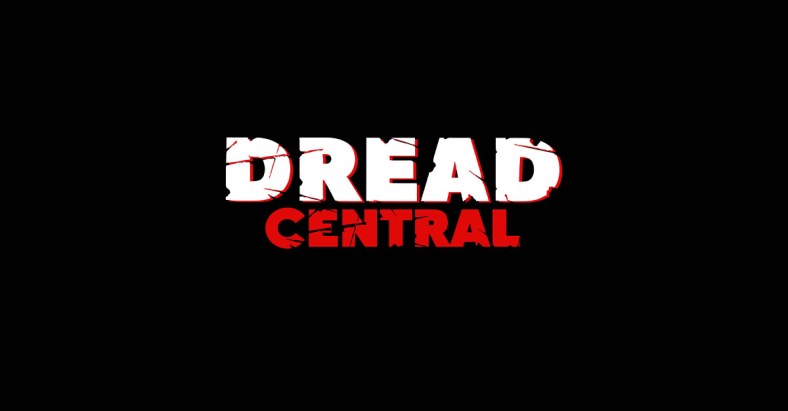
The Director’s side of things requires some pre-game prep, but Cthulhu Dark is a very easy game for Investigators to learn. Character creation involves picking a name and occupation appropriate to the story and setting, and then describing what your Investigator looks like. The book contains lots of helpful examples for occupations appropriate to the different settings and time periods. For our setting, 1851 London, the book also provided lots of juicy tidbits about what was going on historically during that time period. For example, London had its first police force during this time, which was respected, but not exactly good at what it did. When they collared crooks, criminals fought back, and usually won. Also, poor people were physically shorter than the nobility, due to malnutrition, which meant the upper class literally looked down on others. It’s the little details like that which really bring a setting to life, and the book does a lot of the heavy lifting in this regard.
The only hard stat every Investigator has is their Insanity score, which starts at one. It’s represented by a green dice. (As a quick note, there seems to be some discrepancy between the quick start guide, which refers to it as an Insanity die, and the rules proper, which refer to it as an Insight die. We ended up using the quick start for most of the game and thus referred to it as an Insanity die. For the purposes of this review, I’ll be calling it an Insanity die.) Every time that die is rolled and comes up higher than their existing insanity score, the insanity score increases by one.
The conflict resolution mechanic isn’t any more complicated. Any time an Investigator wants to do something they might not succeed at, they take one dice for it being within a human’s capabilities, another if it falls within their occupation. They can also choose to risk their sanity on the attempt by adding their insanity dice to the pool. Once the dice pool is assembled, the Investigator rolls all of them and takes the highest number. On a one, the Investigator barely succeeds, and probably suffers complications to their outcome. They might make the jump across rooftops, but break their leg in the process. They might correctly interpret a passage of ancient Latin, but miss the caveat at the bottom about the monster summoned as a by-product of the spell. Conversely, on a six, the Investigator succeeds brilliantly. They land soundlessly and vanish into the night, or gain a helpful warning from a text not to speak to the old man at the bridge, no matter how he wails.
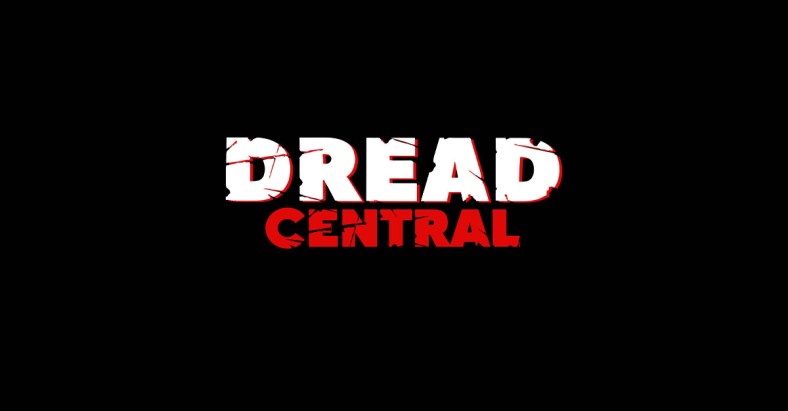
If someone can think of an interesting way you might fail an action, they describe what might happen and then roll against you. Nevermind what the neighbors think; what if your crush is the one that notices you hauling a dead goat across town? If the failure dice comes up higher, the previously described fiction is what happens.
I’ll confess that this failure rule is the one we had the hardest time implementing. I like the rule in theory because it spreads out the responsibility of being the voice of opposition. It means the Director doesn’t have to be the only bad guy at the table. It also grants the players a certain amount of agency to come up with ideas and contribute to the world around them. This is important because the Inspectors of Cthulhu Dark are granted precious little agency, and it’s important that the players still have a way to contribute to the world. Having said that, despite my player’s goodwill to be part of the Investigator’s problems at the start of play, in practice no one wanted to be the bad guy and there was nothing to compel them to do so. Players were invested in their characters and so coming up with fail scenarios didn’t come naturally. Pretty soon the Director was the only one proposing trouble.
Since Insanity is the only Investigator stat, it also functions as a character’s health. Players must roll their Insanity dice whenever they witness something disturbing, but they can also choose to risk it as described above or to prevent disaster. Any time an Investigator fails, the player can reroll their dice, provided they include their Insanity dice in the mix. Since Investigators go mad and exit the story when their Insanity hits six, the threat of their Insanity going up is a very real one.
There’s no healing, per se, but once an Investigator’s Insanity hits five and the end is nigh, they can take actions to Suppress Mythos Knowledge and reduce their Insanity again. They might burn ritual books, destroy incantation circles, or drown the monstrous offspring of the horror beneath the streets. They’re desperate actions liable to be seen as madness by onlookers, but in truth, it’s are the only thing keeping Investigators from truly snapping.
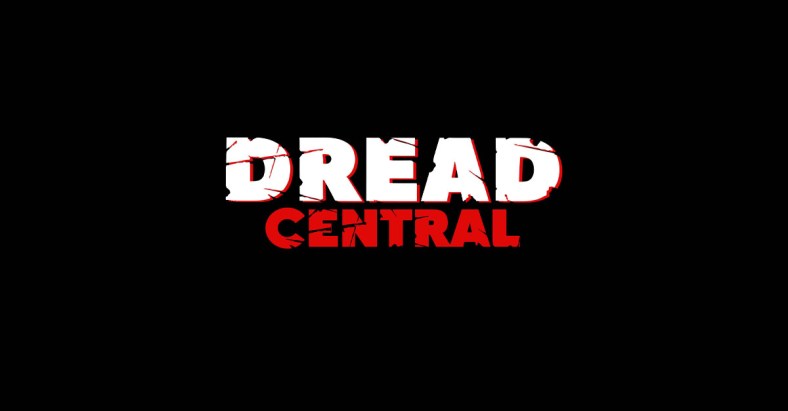
Our Investigators got underway pretty quickly. They were the residents of a boarding house, set out to rescue the missing newborn child of one of the house’s former residents. The world of 1851 London they thought they knew unraveled rapidly around them. Cthulhu Dark has some excellent guides for how to tell a horror story. One of my favorite tools the game has for doing this is what it calls “creeping horrors”. They are unsettling moments of weirdness throughout the story where the Investigators get the creeping sensation that something is deeply, irrevocably wrong. This “wrongness” repeats throughout the mystery and gradually becomes a symbol of the horror itself. Like all good supernatural horror symptoms, it’s easily explained away at first and then gets harder and harder to ignore.
At first, there’s a rational explanation for it. For example, in our story, the stink of the Thames was one of the creeping horrors. At first, Investigators wrote it off as part of the scenery. The stink fills the terrified tenant’s room because she has been walking along the river after nightfall. When it wafts into the room after you examine a letter, there must be a draft somewhere. Gradually, however, the creeping horror becomes something impossible. You take a deep breath of the fresh flowers outside the old church and the reek of the clogged, polluted, dying river washes over you. It becomes a thing to be feared and later on in the adventure, a small whiff of the stench in an enclosed tunnel is enough to send Investigators stumbling frantically backward for safety.
I especially liked the creeping horrors because they inevitably result in exactly the sort of behavior one would expect to see in a Lovecraftian short story. Investigators are reduced to trying to stab rich gentlemen to death because their faces are too white, or screaming at people to run because the windows of a building are too round. All actions make sense to the Investigators, but from the outside, they have become mad people. My own intrepid Investigators came to fear not only the stink of the Thames, but also the paleness of buildings, and the sound of a child’s voice.
The rulebook is chock-full of Lovecraftian storytelling tools and tips like the creeping horrors. There’s a collection of threats pulled straight out of Lovecraft to pick from and build an adventure around, as well as ideas for what creeping horrors might accompany them. Each of the abstract horrors, the monstrosities beyond human ken, is also tied thematically to everyday realities. For example, the Deep Ones, from under the waves who breed with humans, might be thematically tied to family, or fear of one’s own body. There are also tips on pacing, scene-crafting, and how to evoke the right emotions in the story’s participants. Even if you never play this game, I would still strongly recommend it to anyone who wants to write horror short stories in general.
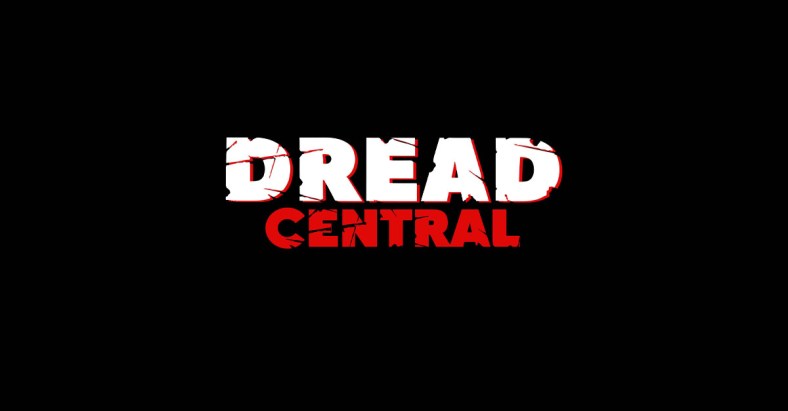
As much as I loved how well Cthulhu Dark captures the essence of Lovecraft’s works, I had some complaints of it as a game. Cthulhu Dark is extremely railroad-y. The game largely consists of moving the players along from point A to B and trying to unsettle them badly along the way. This means a lot of prep time for the Director. Even with the excellent tools provided by the sourcebook, it’s still going to take a few hours on the front end to build a story to build a story, more if you go beyond the settings established in the book. As I mentioned before, there are several prebuilt scenarios to get you started, but since you can probably play through most of them in a single sitting, you’re likely to burn through them pretty quickly.
Another frustration I encountered was the level of control exerted by the Director role itself. The Director themselves is aptly named; there’s not a lot of room for player agency of the story itself. In a lot of ways, it functions like a standard video game narrative in this regard. Players might choose to make one choice or another, but ultimately, they’re being trotted along through a series of locations and scenes the Director came up with ahead of time towards an inevitable end. Players of traditional-style games such as Dungeons and Dragons or Vampire: the Masquerade might not mind as much, but those accustomed to play-to-find-out systems such as Apocalypse World or Blades in the Dark are likely to rankle under this limitation of the system. As a Director, I didn’t mind so much. The “Screams of the Children” scenario we played through afforded me lots of opportunities to say cool things and slowly feed out the mystery to my players. Had I been on the other side of the table, however, this sort of system would have driven me crazy. Generally speaking, if I’m going to play in someone else’s pre-built story, I’d rather just go play a video game.
Similarly, in character creation, there are a number of limitations imposed by the rigid nature of the story. In “Screams of the Children” for example, it wasn’t enough for players to build characters who simply lived in the boarding house and had class appropriate jobs. They also had to have a positive relationship with one NPC tenant, and have character-defining reasons for caring about children. Without these restrictions, the story doesn’t really get off the ground or function correctly. Having character building restrictions is not in and of itself a bad thing, but it does contribute to the overall feeling of lack of player agency that plagued the latter part of our game.
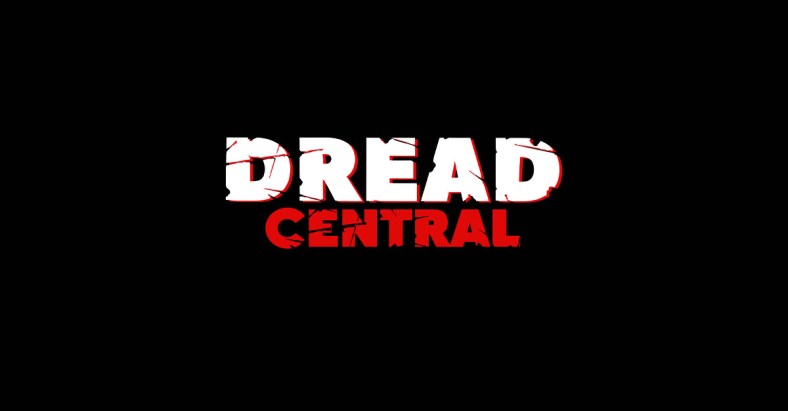
As much as this railroady-ness bothered me, I can see one very compelling reason why it might be a feature, rather than a bug, of this particular system. Cthulhu Dark is specifically exploring Lovecraftian-style stories. An essential part of that mythos is that humans do not matter, and do not ultimately have any control over what happens to them. Any other belief is hubris, but that misplaced self-importance is also possibly the only thing keeping the screaming insanity of the universe at bay. Ultimately, players do not have control, and that is the point. Looked at in that light, the players’ lack of true agency in determining the outcome of the story is just another way in which Cthulhu Dark stays true to its source material. Cthulhu Dark then is a game that tells one very, very specific type of story, but it does that one thing exceptionally well.
All in all, I really enjoyed playing Cthulhu Dark. The deterministic nature of the story rubbed me the wrong way, and I disliked how much prep time crafting an adventure involved, especially since most games will be one-shots, but my friends and I had a lot of fun. Players, in particular, liked how easy it was for them to pick up and learn the game. A couple of players said they want to try the Arkham adventure next. I look forward to enjoying it with them. If you need a little more screaming horror of the universe in your life, then I recommend picking up a copy for yourself.
Until next time, happy gaming everyone!
-
Cthulhu Dark
Summary
Cthulhu Dark is a return to the heart of Lovecraftian horror stories. It’s got all the tools you need to craft your own insanity-inducing adventures, and is quick and easy to learn for new players.
Categorized:Reviews
